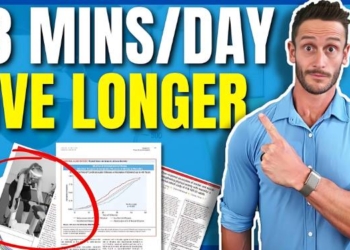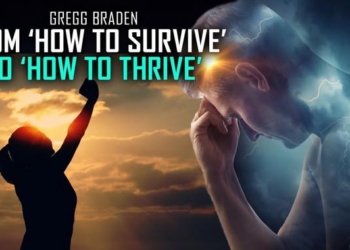
By Rory Brown
If social distancing measures and the closing of non-essential businesses have left you unable to get to the gym during a pandemic, you are probably wondering how to get back in shape as quickly as possible. Even if you were able to get outside to walk or to create some at-home workouts during quarantine, chances are that you were not able to exercise with the same level of intensity as usual. Fortunately, Rory Brown, Lifestyle Writer, shares some effective and relatively quick ways to get your fittest, leanest body back after a pandemic.
Incorporate High-Intensity Interval Training (HIIT) Into Your Routine
HIIT or sprint interval training is highly effective for fat loss and can help you to burn off any extra weight put on during quarantine quickly. This type of exercise involves bursts of a high-intensity or “all out” effort, followed by a recovery period before the next sprint. For example, you might sprint for a minute, recover with a two-minute walk or jog, and repeat this cycle for a total of four to six rounds.
A recent study showed just how effective this type of exercise could be. In the study, which was published in a 2014 edition of Applied Physiology, Nutrition, and Metabolism, women performed a HIIT workout three times per week for six weeks. The workout involved running a 30-second sprint, resting for four minutes, and then repeating the cycle for four to six total rounds. At the end of the study, the women had lost, on average, 8 percent of their body fat mass and 3.5 percent of their waist circumference. In addition, they gained lean muscle mass and improved their aerobic fitness and top running speed. If you haven't been able to focus on fitness during a pandemic, HIIT training can get you back on track.
Try Intermittent Fasting
Intermittent fasting (IF) programs involve periods of eating interspersed with periods during which no food is consumed, and they can help you to get back on track if you're trying to lose weight. There are no specific guidelines surrounding what you can and cannot eat when doing an IF diet; these programs simply involve developing a schedule of when you will eat, and when you will fast. There are several forms of IF; some people who follow this diet use the alternate-day fasting approach, eating one day and fasting the next. Another common form of IF is the “18-6” method, in which you have a six-hour eating window during the day and fast for the remaining 18 hours. For example, you may eat from 11 am to 5 pm each day and fast from 5 pm until 11 am the next day.
The research supports this type of diet for weight loss. In fact, a 2020 study in the American Journal of Clinical Nutrition analyzed the effects of several diets and found that those who followed IF lost more weight over a year compared to people following other diets. It may be that the IF diet is easier to follow because there is no need to track calories or eliminate certain foods. The goal is simply to avoid eating during your fasting window, and you may find that you can adhere to this diet over the long-term and achieve your goals. This is one method to consider if you want to lose weight after quarantine without tracking every calorie or taking the time to plan specific meals.
Add Weight Training
If you gained weight during a quarantine, you may think that cardiovascular exercise is the best way to lose it, but you'd be remiss to ignore weight training, as the research shows it can play a significant role in fat loss. A 2003 study in the Journal of Physiological Anthropology and Applied Human Science found that when women completed a combination of aerobic and weight training, they lost more fat than when they only completed aerobic training.
The relationship between weight training and fat loss may be a result of increased muscle mass from weight training, which elevates the metabolism. This fact was demonstrated in a 2012 study in the Scandinavian Journal of Clinical and Laboratory Investigation. Men who participated in the study completed a 12-week weight-training program, and as a result, their muscle mass and resting metabolism increased.
As you transition back to exercising and focusing on fitness after a pandemic, it is clear that weight training is an important part of this process. When combined with efficient, effective strategies like intermittent fasting and HIIT workouts, strength training can help you to meet your fitness goals and get in pre-quarantine shape as quickly as possible.
About Rory Brown (Charleston, SC): After spending the first 40 years of his life in the United States, Rory Brown decided to focus on the quality of life and began living internationally. He now spends his time in Lake Como, Italy, Sydney, Australia, Charleston, South Carolina, and Kauai, Hawaii. His appreciation for simple health food that embraces local traditions of excellence has earned him credit among farm-to-table communities everywhere he goes.
Brown began his career as a technologist and has always focused on healthy lifestyle choices. His well-researched lifestyle writing has increasingly focused on living life to the fullest each day throughout the world.












